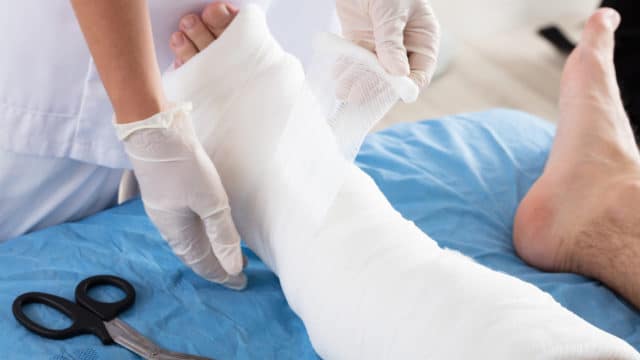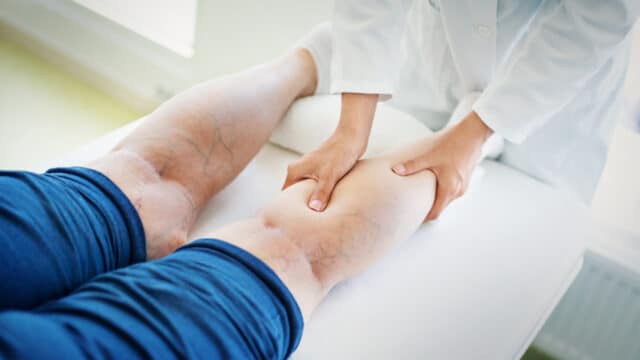Skin Care and Wound Healing: Essential Do’s and Don’ts
Skin Care Do’s and Don’ts
Do’s
- Check your skin daily for dryness, cracks, sores, bruises, reddened areas, and blisters. Have someone help you or check for you if you are unable to do it yourself.
- Treat the skin gently without stretching, tugging or pulling on it unnecessarily.
- Cleanse the skin with a mild, pH-balanced product.
- Use warm to the touch (elbow or inner wrist) water for cleansing/bathing.
- You may use a very soft nail brush to clean nails and crusty skin area.
- Rinse well. Remove all residue of the cleanser from the skin.
- Dry all skin folds and creases. Pay special attention to the area between, under and around the toes.
- Moisturize the skin after cleansing. You may leave a light film of moisture on the skin just prior to applying the lubricating product.
- Lubricate dry skin with a heavier barrier type product after moisturizing.
- Wear soft clothing. Soft, breathable clothing minimizes friction and irritation, which can help promote skin repair.
- Drink adequate amounts of water. Staying well-hydrated supports overall skin health and promotes rejuvenation from within.
- For extra protection at night wear white cotton socks for feet and gloves for hands if indicated.
- You may use a baking soda based or equivalent powder for foot care if perspiration is a problem. It will help with odor and moisture control. Apply by sprinkling on the hands, dusting off the excess and gently rubbing onto the skin.
- If you are using tape to secure a dressing, place the tape on the dressing only
Don’ts
- Don’t bathe in hot water. Hot water can strip the skin of its natural oils and cause irritation, which can impede the healing process.
- Don’t soak for more than five minutes. Prolonged soaking can lead to skin maceration, which can slow down the recovery process.
- Don’t use skin care products with alcohol and/or an extensive list of preservatives.
- Don’t use lanolin, coal tar or petrolatum-based products if you have sensitive skin.
- Don’t use abrasive or rough washcloths for skin care and wound healing.
- Don’t scratch dry, itching areas. Scratching can cause further skin damage and increase the risk of infection, which can impede the healing process.
- Don’t apply tape of any kind to dry, sensitive, fragile skin.
- Don’t neglect new areas of irritation, soreness, or discomfort on the skin.
- Don’t apply lotion or creams between the toes, only to the top and bottom of the foot.
Any wound that has not started to heal in two weeks or completely healed in six weeks may benefit from specialized wound care. Ask your regular physician if a referral to a Wound Care Center® might be the right option for you. Healogics offers advanced treatments and expert care to help you achieve optimal skin restoration and get back to living your best life.

 Care" />
Care" />

